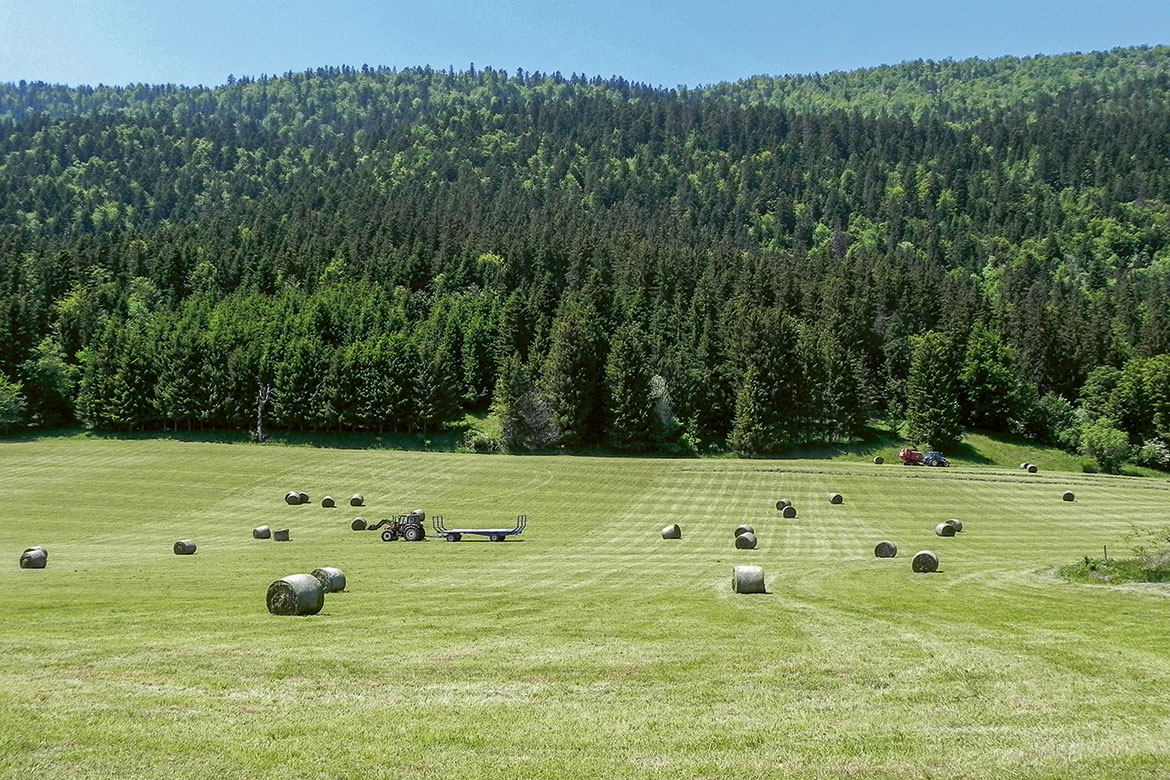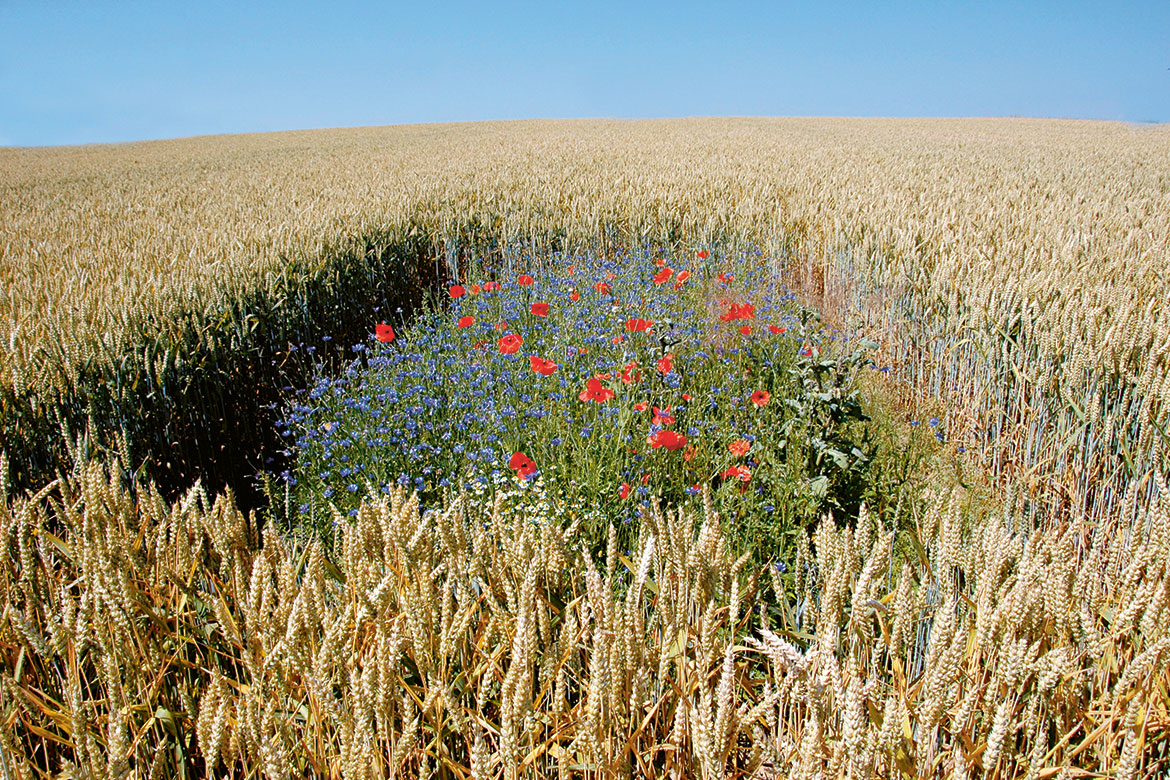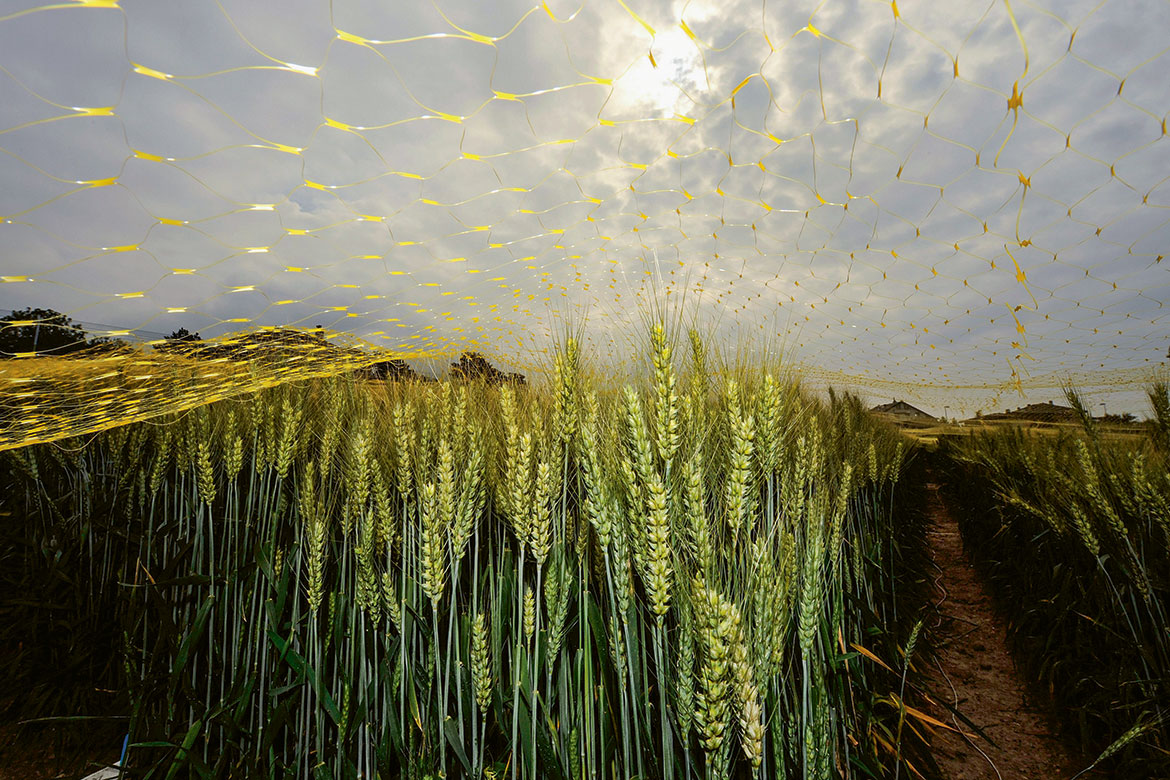Agriculture: droughts that promote growth
Herbaceous plants thrive in drought conditions

When the micro-organisms in the soil are under stress, the plants get more nutrients. | Photo: Jean-Christophe Clément
Drought can help plants grow, in the short term at least. This is the paradoxical result that has stemmed from research at the University of Grenoble, co-financed by the SNSF.
The research team had already been looking into the impact of climate stress on mountain prairie vegetation. Following a year of rest, they returned to the same land and planted a herbaceous plant used for fodder: perennial ryegrass (Lolium perenne). What they found was that the grass fared better in the soil that had been exposed to drought conditions. Notably, it had higher levels of tissue nitrogen.
“The climate stress had weakened the microbial communities in the soil by lowering their ability to absorb nitrogen from their surroundings”, says Nicolas Legay, the main author of the study. Plants too require nitrogen to grow. “As the micro-organisms were suddenly less competitive, the plants found the soil richer and grew better”. The researchers then subjected the plants afresh to drought conditions. Again they produced greater volumes of fodder. “Once more, the microbial communities suffered. But it is only a short-term effect”, Legay adds. The micro-organisms in the soil are indeed highly susceptible to drought, but in the long term, they are also responsible for recycling soil nutrients. “As time goes by, the soil quality can therefore actually decline, and with it will go the overall quantity of fodder produced”.
This study is part of a larger European project investigating the impact of moderate agricultural practices (light fertilisation and harvesting) in comparison to intensive farming. For Legay, if the frequency of climate events should increase, traditional farming practices will become difficult to sustain in the absence of soil amendments.




